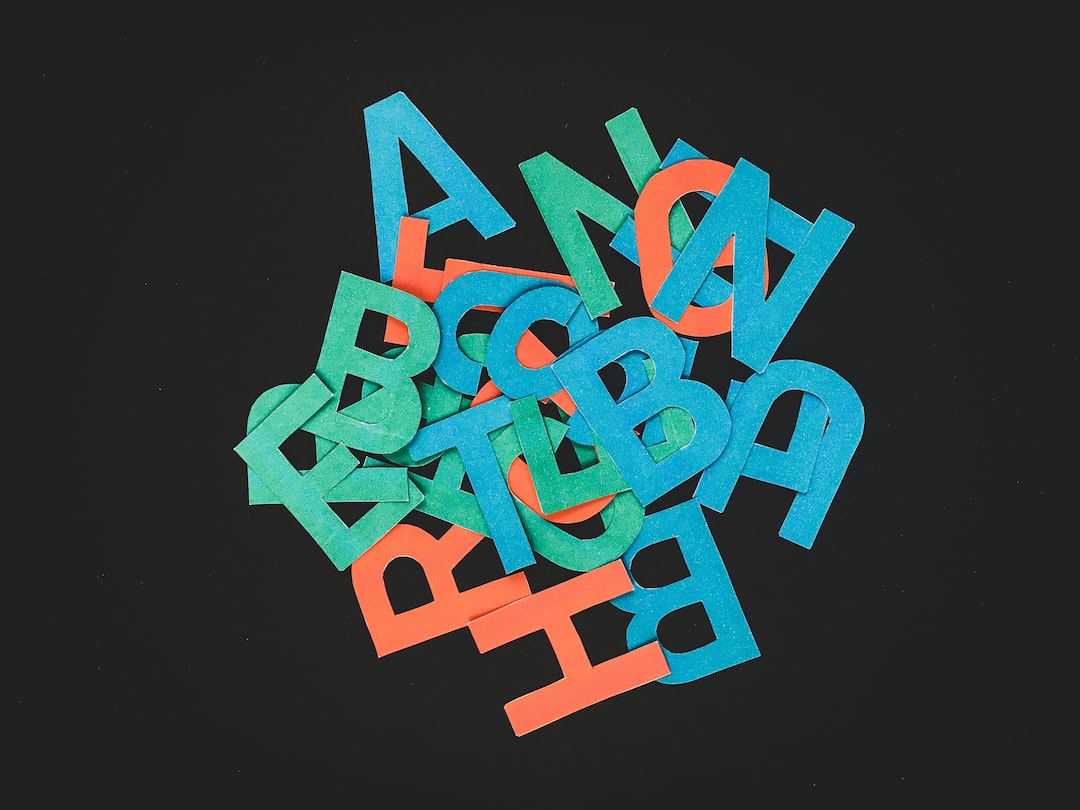Introduction
Table of Contents
Embark with us as we delve into Ethiopia’s vibrant tapestry of languages, a testament to the nation’s rich heritage. In this exploration, we’ll discover the array of dialects that shape Ethiopia’s cultural and historical identity. Our journey through the linguistic landscape of Ethiopia unpacks the significance and charm of its numerous native languages, revealing the essential role they play in the day-to-day life of its people and the nation’s cultural fabric.
The Official Language of Ethiopia: Amharic
Amharic’s journey to becoming Ethiopia’s official language stretches back many generations. It does more than facilitate conversation; it stands as a beacon of national unity amid the country’s vast linguistic variety. Stemming from the historic Semitic language family, Amharic has long influenced Ethiopia’s government, culture, and social life.
Primarily spoken in Ethiopia’s central and northern territories, Amharic is the first language for millions, and even more speak it as their second. It’s deeply integrated into governmental operations, media, and education, influencing the nation’s narrative and cultural expression.

Ethiopia’s Linguistic Diversity: Overview of Regional Languages
What language is spoken in Ethiopia goes beyond the familiar Amharic; the country embraces its wealth of regional dialects. This multilingualism is rooted in a federal structure that allows regions to choose their official languages, fostering an environment where Afar, Harari, and several other languages can prosper.
Within their respective domains, these regional languages underpin cultural and administrative life, giving their speakers the privilege of accessing education, governance, and media in their native tongues. This celebration of linguistic diversity highlights Ethiopia’s commitment to cultural inclusivity.
Oromo Language: The Most Widely Spoken Native Language
Among Ethiopia’s linguistic treasures, the Oromo language stands as a cornerstone, descending from the Cushitic language family. Its widespread use, especially in the Oromia region, underscores its importance as the most prevalent native tongue in Ethiopia.
The Oromo community, Ethiopia’s largest ethnic group, has breathed life into their language through various cultural movements, ensuring the Oromo language’s vitality and prominence. It holds a significant place in Ethiopia’s educational and media spheres, showcasing its key role in the nation’s social and cultural dialogue.

Other Major Ethiopian Languages
While Amharic and Oromo grab the headlines, other Ethiopian languages like Somali, Tigrinya, and Sidamo also play essential roles in the nation’s social tapestry. Somali, with its linguistic kinship to the language of Somalia, resonates in Ethiopia’s Somali Region. Tigrinya, another influential Semitic tongue, thrives in the Tigray Region in the north. In the south, the Cushitic language of Sidamo adds its voice to Ethiopia’s collective narrative.
These languages are more than mere tools for dialogue; they embody the essence of their regions’ histories, arts, and traditions. Their use in local governance and everyday life stands as proof of the nation’s reverence for linguistic variety.
Minority Languages and Preservation Efforts
Besides the dominant languages, Ethiopia is a sanctuary for a host of lesser-known dialects. Languages such as Irob, Komo, and Sheko, though spoken by small communities, represent vital pieces of Ethiopia’s language mosaic.
These minority languages face the challenge of maintaining their heritage amidst globalization and cultural merging. Nevertheless, Ethiopian authorities and various organizations are dedicated to safeguarding these linguistic jewels, ensuring their continued resonance in the nation’s rich tapestry of speech.
Foreign Languages Influencing Ethiopia
Ethiopia has also welcomed foreign languages, integrating them into its diverse linguistic ensemble. English stands as a pillar in education and a gateway to the global stage for diplomacy and commerce. Traces of Italian linger in Ethiopia, a reminder of bygone colonial days, permeating through food terms and place names. Arabic, brought by trade and faith, has also mingled with Ethiopia’s local dialects.
These international languages highlight Ethiopia’s receptiveness to outside influences while steadfastly preserving its own linguistic heritage.

Language and Identity in Ethiopia
In Ethiopia, language transcends the realm of communication, embodying the pulse of cultural identity and the spirit of its history and traditions. The country’s concerted efforts in language preservation reinforce its cultural narrative and foster a sense of unity among its diverse ethnicities.
Through its language policies, the Ethiopian government underscores its dedication to unity and cultural pride. By affirming multiple languages officially, the nation embraces its diversity, encouraging a strong Ethiopian identity molded by the many individual cultural identities it encompasses.
Conclusion
Wrapping up our panoramic exploration of what language is spoken in Ethiopia, it’s clear that though Amharic leads as the official language, it is but one thread in the grand tapestry of regional and minority languages that make up Ethiopia’s cultural mosaic. The peaceful coexistence of these languages within Ethiopian society exemplifies the country’s commitment to cultural plurality and the preservation of its unique linguistic and cultural heritage.
In Ethiopia, the chorus of Amharic, Oromo, Somali, Tigrinya, Sidamo, and countless others creates a symphony of unity in diversity. It serves as proof of the power of language to bind a nation while respecting and celebrating the individuality of its people. This linguistic journey into the heart of Ethiopia offers a deeper understanding and appreciation for the vast array of languages that are central to the nation’s identity and legacy.
Frequently Asked Questions about Languages in Ethiopia
- What is the official language of Ethiopia and where is it spoken?
- Amharic is the official language of Ethiopia. It is predominantly spoken in the central and northern regions of the country and plays a vital role in government, culture, and education.
- Aside from Amharic, what language is spoken in Ethiopia?
- Ethiopia is home to a multitude of languages. The Oromo language, spoken mostly in the Oromia region, is the most widely spoken native language. Regional languages such as Afar, Somali, Tigrinya, and Sidamo are also prominent, with each region having the freedom to select its own official language.
- How does Ethiopia’s linguistic diversity reflect on its cultural identity?
- Ethiopian languages are more than just communication tools; they embody regional histories, arts, and traditions. The nation’s commitment to linguistic diversity and cultural inclusivity is evident in its language policies and educational systems, fostering a strong national identity rooted in multiculturalism.
- Are there any efforts to preserve minority languages in Ethiopia?
- Yes, Ethiopian authorities and organizations are actively involved in preserving the country’s minority languages. Despite the challenges posed by globalization, there is a dedicated effort to ensure these languages continue to be a part of Ethiopia’s diverse linguistic heritage.
- What role do foreign languages play in Ethiopia?
- Foreign languages like English, Italian, and Arabic have found a place in Ethiopia’s linguistic landscape. English is particularly notable in education and international relations, while Italian and Arabic have historical and cultural influences.